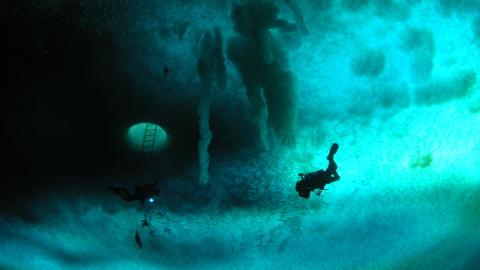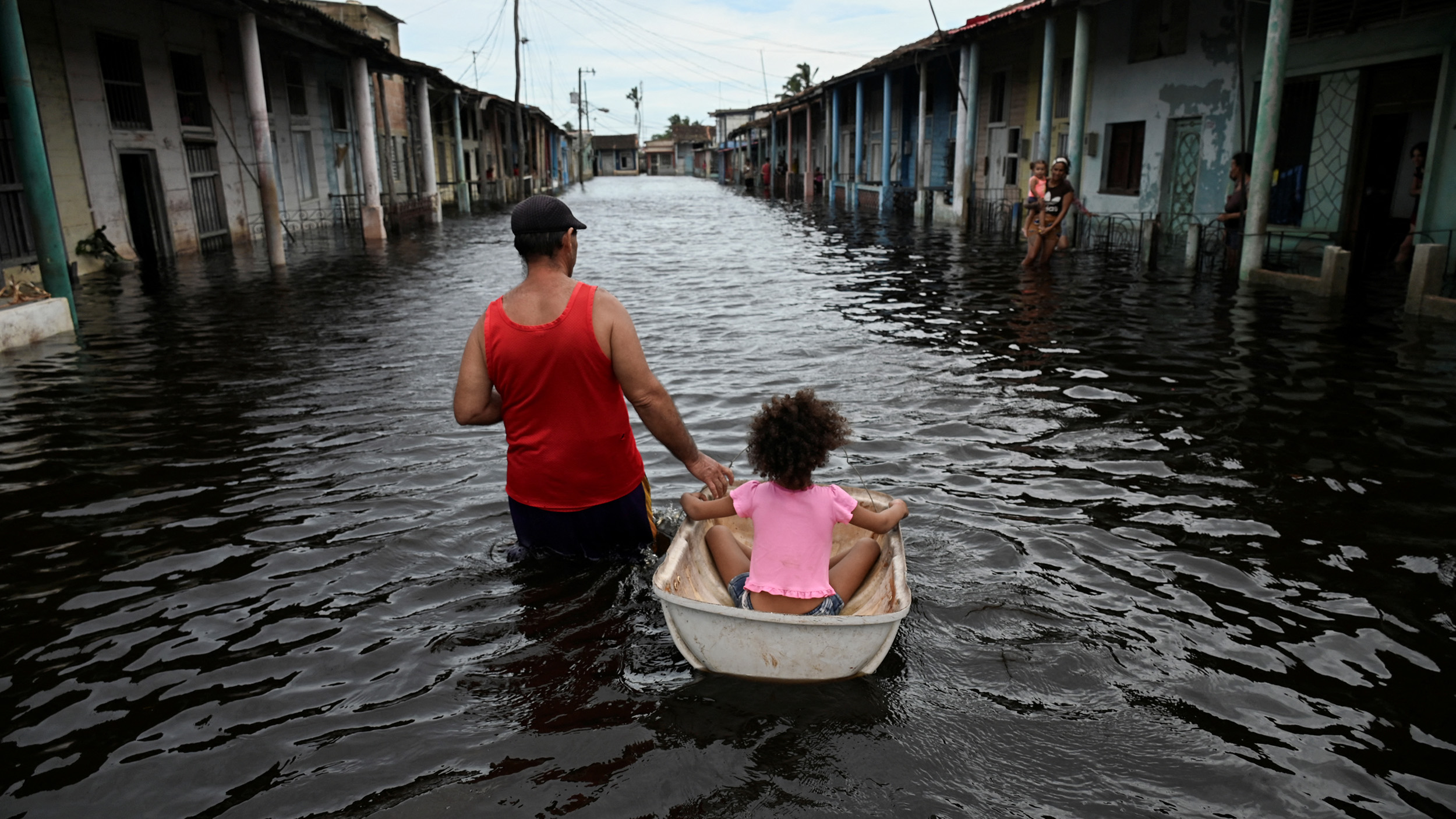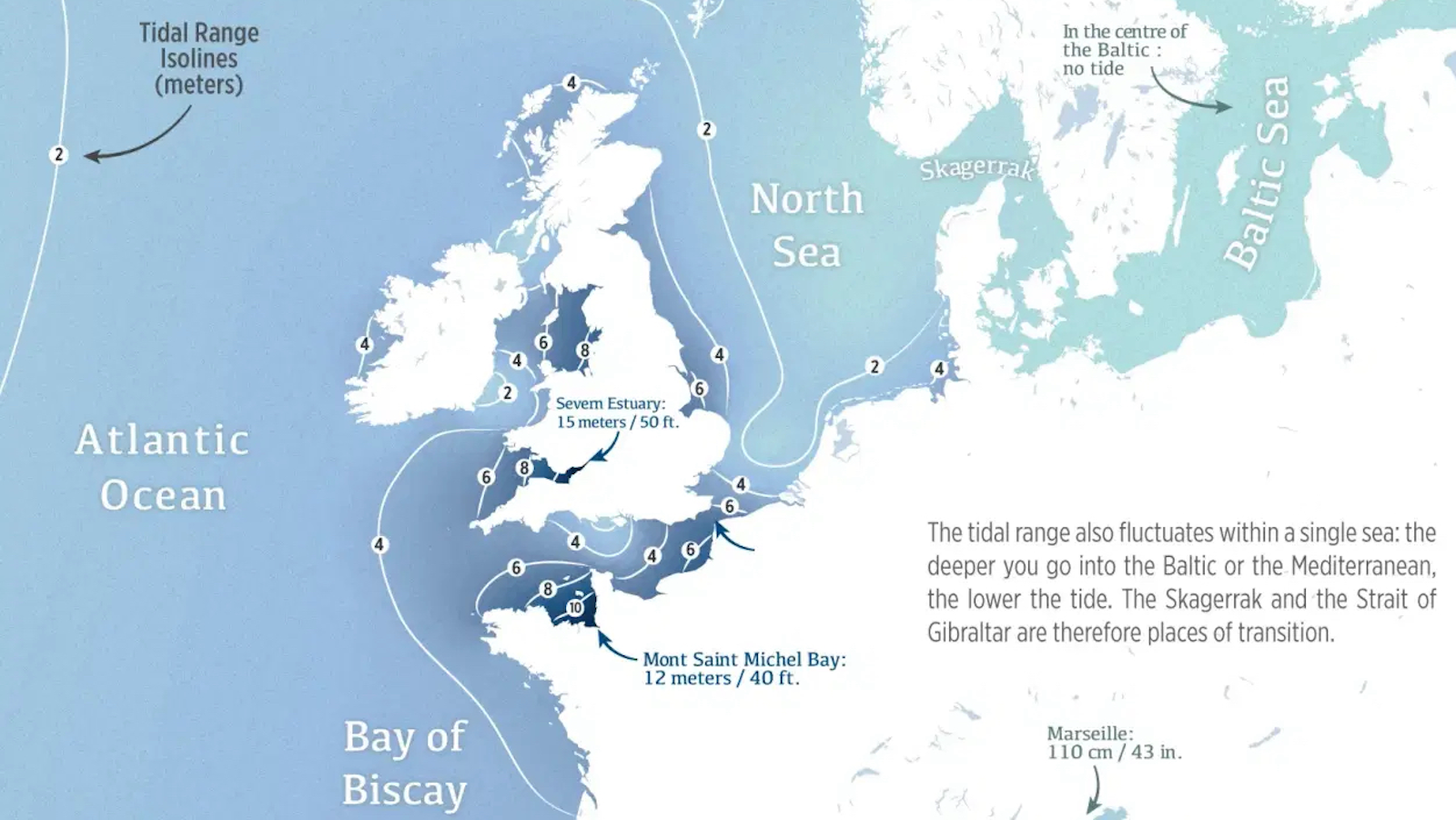Watch the stunning “icy fingers of death” instantly freeze creatures

Credit: United States Antarctic Program
- Spectacular brinicles form under the ice of our planet’s coldest regions.
- Their formation resembles that of hydrothermal vents.
- The structures have been called “icy fingers of death” because of their ability to freeze living organisms.
Nature’s grace and fury find equal measure in unique formations called brinicles or more evocatively “icy fingers of death.” The strange phenomenon that forms these underwater icicles can be found in the oceans of the planet’s polar regions. It’s been rarely captured on camera as it occurs under floating sea ice. Brinicles are structures that resemble fingers of ice that can reach all the way down to the ocean floor, freezing everything in their paths, including creatures like starfish or sea urchins.
In an interview with Wired, professor Andrew Thurber of Oregon State University, who has seen brinicles first-hand, described them as “upside-down cacti that are blown from glass, like something from Dr. Seuss’s imagination.” He also said they are “incredibly delicate and can break with only the slightest touch.”
The video below shows stunning footage of brinicles from BBC’s Frozen Planet series:
‘Brinicle’ ice finger of deathHow brinicles form
A study found that when sea ice in the Arctic and Antarctic regions freezes, salt and other ions normally found in seawater get left out. Brine, which is concentrated salt water, gathers in various fractures and channels in the sea ice. Brine requires much lower temperatures to freeze and stays liquid until the ice cracks and the brine leaks into the ocean below. Being heavier than water, the ultra-cold brine sinks down to the ocean floor, freezing seawater it touches on its way down. This is responsible for the finger-like shape of the brinicles.
Notably, the downward-facing brinicle ice tubes, first discovered in the 1960s, form in a way similar to hydrothermal vents, which have been theorized as cradles of life on Earth. Hydrothermal vents form when ion-rich hot water gets ejected from the seafloor, creating a porous metal tower that extends upward. Water rushes through the tower, rupturing it, and causing more metal-rich water to expand the tower.

Could brinicles be cradles of life?
Study author Bruno Escribano of the Basque Center for Applied Mathematics in Spain explained that, like hydrothermal vents, brinicles also could have played a role in the origin of life. “Inside these compartments inside the ice, you have a high concentration of chemical compounds, and you also have lipids, fats, that coat the inside of the compartment,” he shared. “These can act as a primitive membrane — one of the conditions necessary for life.”
He elaborated that inside the brinicles is a mixture of acidic and basic components that may be able to supply the requisite energy for the formation of more complex molecules, potentially even DNA.





